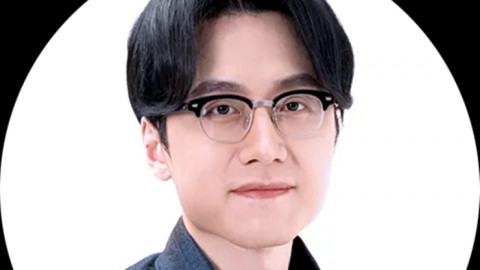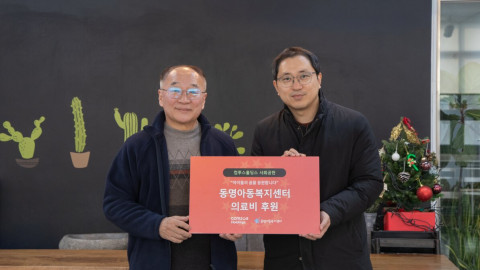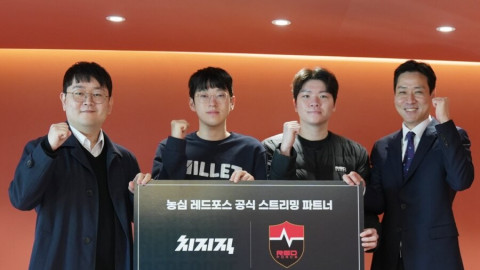Following the launch of the Oculus Rift, the HTC Vive, and now Sony’s announcement of the new PSVR, the VR market is starting to gather some serious steam. To avoid being left behind in the dust, many Korean developers have also started investing in VR research. Leading the pack is Barunson E&A’s EVR Studio.
At E3, we were fortunate enough to speak with two of EVR Studio’s leaders, Chairman Yong Ki Yoon (best known for his work on Lineage Eternal and ArcheAge) and Technical Art Director Jae Wook Park (best known for his work on The Pirates of the Caribbean and Diablo 3). Yoon and Park were happy to share their thoughts and show us a demo version of their latest dating simulation game, Project M.

Yoon commented that, at the moment, EVR is focused on three main aspects: VR gaming, VR solutions, and VR lab. The lab is in R&D to create movies that work with VR in order to preserve timeless cultural heritages as a gesture of goodwill. VR gaming is something Barunson and FX Gear are collaborating on to deliver top-notch experiences.
Park said that EVR has an unorthodox company structure: not only does the company have usual teams for development, visual effects, and pre-rendering collaborating with one another, but it also has teams for technology and story. The technology team is made up of people from FX Gear. Meanwhile, they hired a popular female writer on Naver a couple of years ago to develop a story for the game.
Park adds that since the game is set in modern times, they also have a fashion coordinator who makes sure that outfits and props convey the right tone for the game. EVR’s Project M is a kind of story-driven dating sim with AI elements. It’s centered on player interaction with over forty characters in dialogues and events, culminating in romance along the way.
The design goal is for the player to experience the in-game society that results from each AI character interacting directly with one another. At first glance, Project M bears some semblance to The Sims, but it differentiates itself with a strong, story-driven narrative based on AI mechanics, which they aptly named “emotional sharing content”.

Yoon pointed out that the role of solution team was pivotal in bringing Project M, a game with high system requirements, to mobile users. He emphasized that research in VR solutions makes it possible for players without head mounted displays (HMDs) to stream contents from PC to mobile with the help of smartphone’s gyroscope. However, this technology requires an extremely fast processing speed between the PC and mobile screen—the phone’s gyroscope must send its signals to the PC and stream back to mobile within one-sixtieth of a second, or effectively, one frame. Otherwise, players will immediately feel a discrepancy in the game.
With this technology, Yoon hopes that users will try the content on their phones and be tempted to experience it in a higher capacity, encouraging possible VR unit purchase. He believes solutions are key in this endeavor and urges for investment in VR.

Project M plans to use face capture with real actors along with rendering. Yet, there’s an important point to be made in hyper realistic characters. There’s a theory called the “uncanny valley” where something almost life-like to humans elicits feelings of eeriness and revulsion. Some people surely have felt this phenomenon, looking at rudimentary 3D animations or zombies. If the likeness passes the point of looking alike to essentially indistinguishable to real human, then these feelings subside. That’s why it’s critical how close likeness gets to the real thing.
Fully aware of this issue, the development team considered taking a more “cartooney” approach instead in the beginning, but eventually decided against it. Drawing from modeling experiences in Hollywood films and video games, the developer will work to achieve human likeness that will overcome the “uncanny valley” problem. At the same time, Yoon said that high graphical fidelity is only supplemental to a game’s core value: fun.
Since using HMD restricts the player’s movement, the game itself must be fun to begin with. The team will continue to look closely at design elements and work to develop a meaningful story that fully incorporates the high quality visuals in Project M. Yoon ended the interview with introducing the company vision and their upcoming MMORPG, Astellia.
Sort by:
Comments :0






